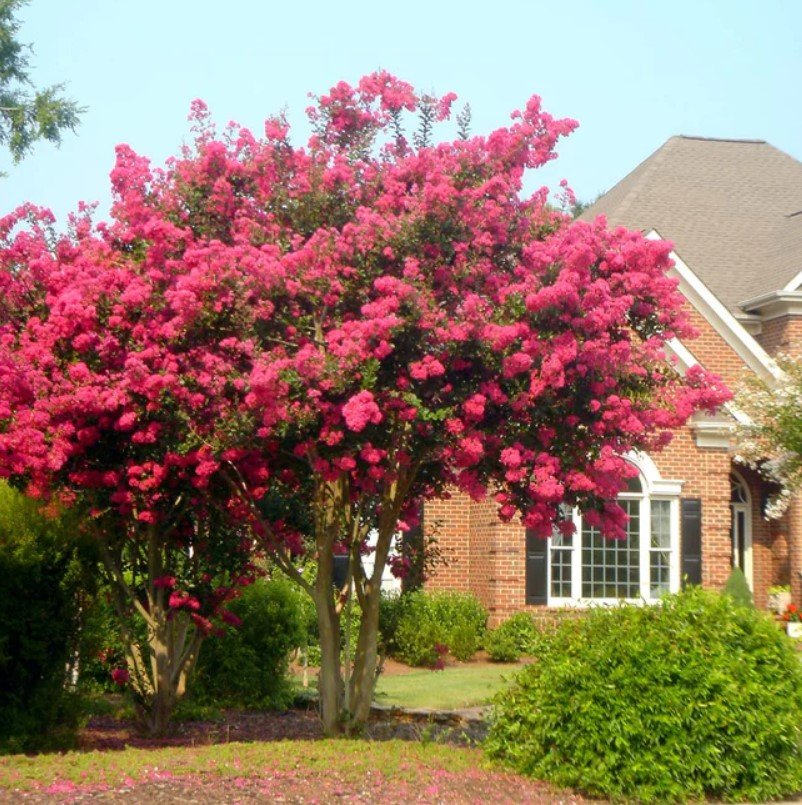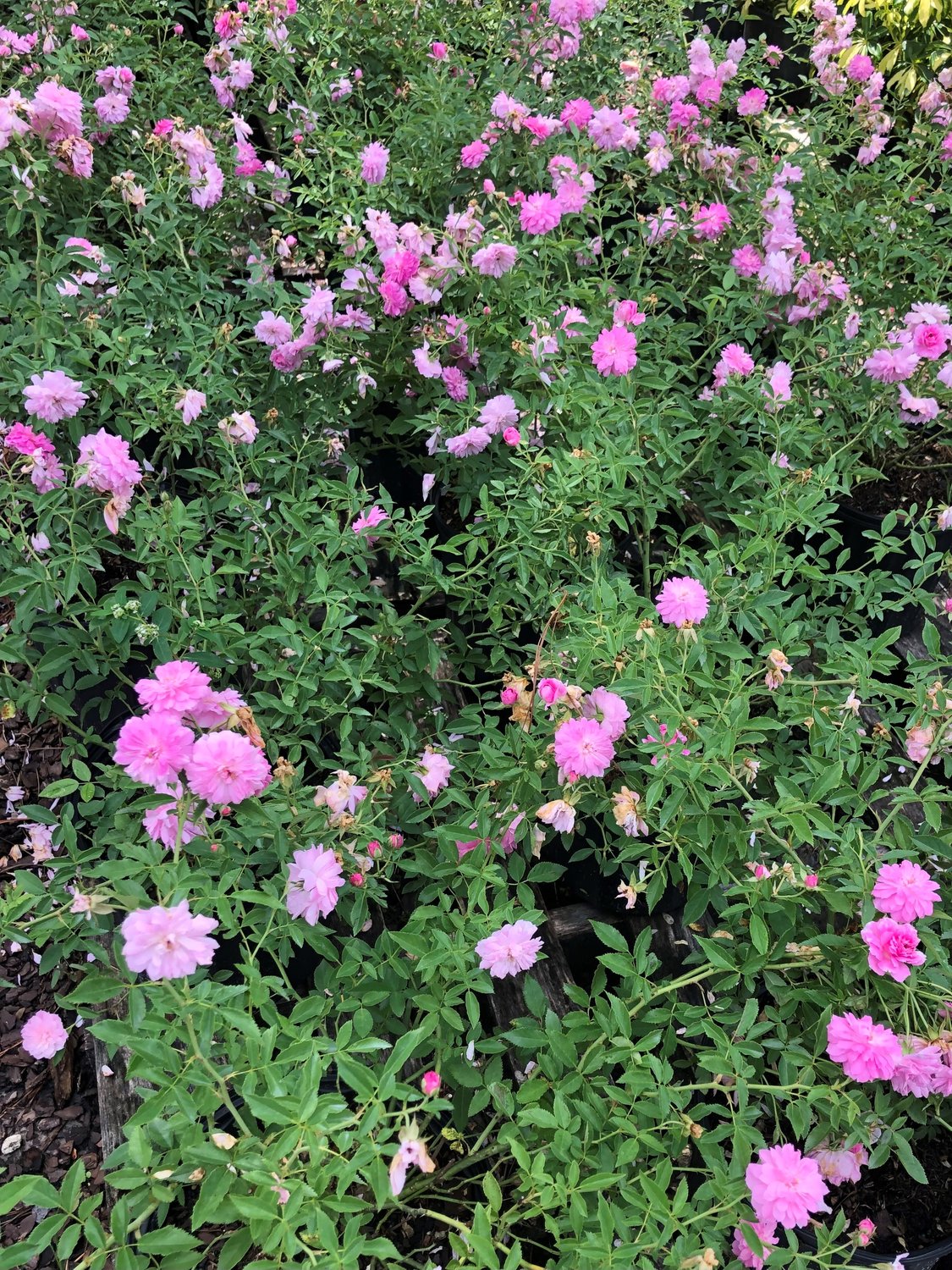Kathy’s Gardening Guide: Transplanting Trees
In Northeast Florida, we are part of Planting Zone 9. We have warm winters and hot summers that allow us to plant year-round. This climate also enables us to transplant trees during the fall, winter and early spring months. Transplant after a tree has dropped leaves in the fall and before new buds appear in the spring. It is best to avoid transplanting trees in the summer as the excessive heat can increase the potential for shock in a newly moved tree.
Keep the following tips in mind for a successful tree transplant:
- Be sure your tree is healthy and free from diseases and/or pests. An unhealthy tree may not be strong enough to survive the move.
- Select a new home for the tree that has similar soil and sunlight to what the tree is accustomed to having.
- Prepare your destination hole before removing the tree from its original location. The hole should be approximately three times as wide as the root ball and close to the same depth.
- Gather the branches of the tree with twine or burlap before digging.
- Strive to face the tree in the same direction when you replant it. Mark the side of the tree facing north with a ribbon or string while it is in the original location and orient it in the same direction when placing it in the new hole.
- Try to move as much of the root system as possible. Dig a root ball approximately 10-12 inches across for every inch diameter of the tree’s trunk. (For example, dig a root ball 30-36 inches across for a tree with a 3-inch diameter trunk.)
- Plant the tree only deep enough to line up the soil line of the root ball with the soil line of the new area.
- Fill the hole with subsoil first and then topsoil. Be sure to tamp down the soil as you go to prevent air pockets around the root ball. It can also be helpful to add water to the hole when it is half full of dirt.
- Be sure to water the tree in its new home regularly. Keep the soil moist but not soggy. Continue to monitor the tree, especially for watering as needed, for several months after transplanting.
- Consider adding 2-3 inches of mulch around the tree to help it retain the moisture it needs. Be careful not to let the mulch touch the trunk of the tree.
Transplanting a tree is not an easy project, so be sure to seek professional help if needed. However, moving existing trees can be a great way to redesign your landscape while making use of already successful plants. Happy planting!
Flower of the Week: Drift Rose
Please email Kathy at kcg.pvr@gmail.com for any questions or gardening tips you would like to see in the future. For more information & ideas, visit Kathy’s Creative Gardens & Nursery, 196 N. Roscoe Blvd. The phone number is 904-655-7373.











